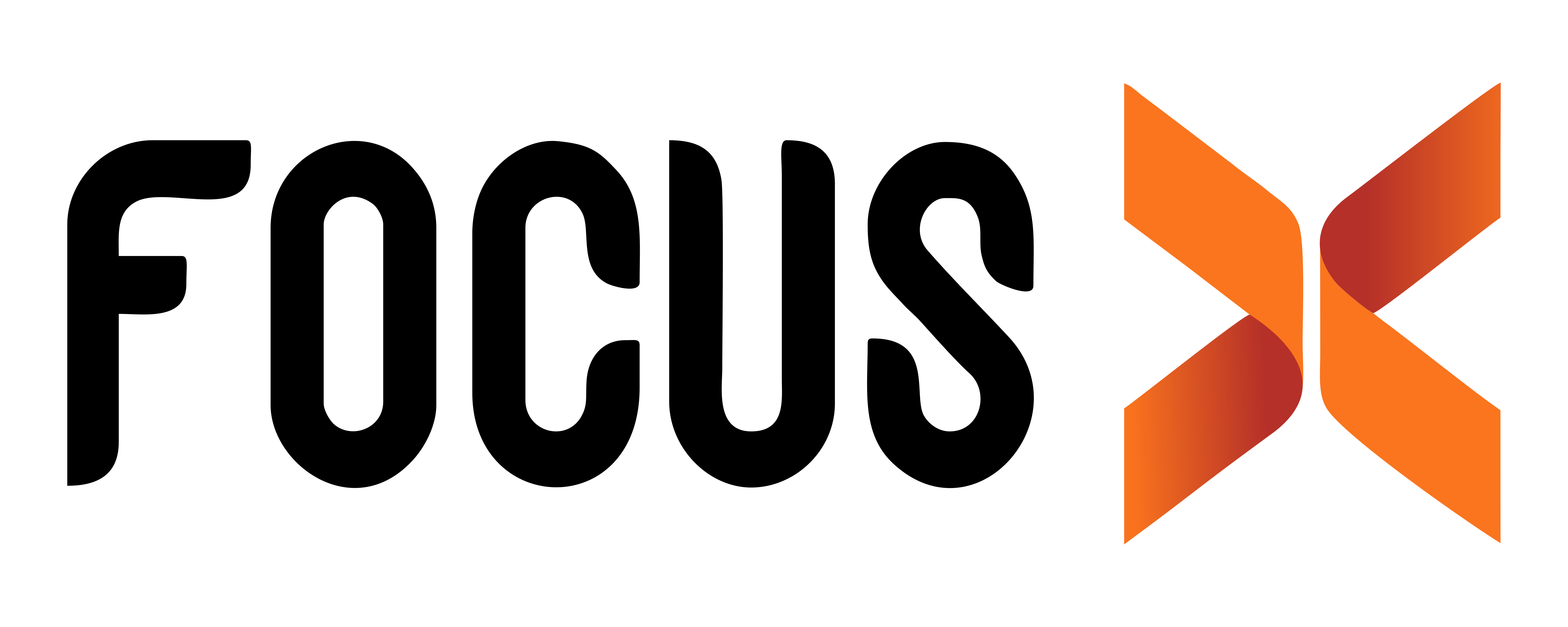Understanding Business Process Reengineering
Business Process Reengineering is a elementary rethinking and radical redesign of an organization's processes, workflows, and operations. It aims to substantially improve critical areas such as cost reduction, quality enhancement, service delivery, and overall efficiency. BPR challenges existing processes, often discarding outdated practices and introducing innovative, efficient methodologies.
How ERP System Benefit Procurement Process
1. Centralized procurement management
Organizations often have multiple location operations or divisions, each with its own procurement needs and practices. When data is decentralized, it can lead to inefficiencies, lack of visibility, and missed cost-saving opportunities. ERP systems address this challenge. They centralize procurement management and provide unified platforms where all procurement activities, from requisitions to approvals and vendor management, can be efficiently maintained.
For instance, global manufacturing firms often grapple with the challenge of efficiently coordinating procurement activities across their branches. However, after implementing an ERP system, they can establish a centralized procurement hub. This would allow them to consolidate their purchasing power, negotiate better deals with suppliers, and maintain consistent procurement practices across the organization. As a result, they can achieve significant cost savings and improved supplier relationships.
2. Real-time data and analytics
Data plays a pivotal role in decision-making, and ERP systems provide businesses with real-time data and analytics. Thus offering valuable insights into procurement processes. Organizations can make data-driven decisions by having access to up-to-the-minute information on inventory levels, vendor performance, and market trends.
Businesses from highly competitive industries like distribution, retail, and manufacturing can gain insights into consumer demand patterns and supplier lead times by harnessing ERP analytics. This data helps them optimize procurement strategy, reducing excess inventory and minimizing stockouts.
3. Procurement automation
Procurement teams often handle time-consuming manual tasks like generating purchase orders, processing invoices, and approving payments. Procurement automation is a game-changer. ERP systems automate routine procurement tasks such as purchase order creation, invoice processing, and payment authorization. This reduces manual errors and frees up procurement teams to focus on strategic activities.
Consider a retailer overwhelmed with order processing due to manual procedures. After implementing ERP-driven procurement automation, they can experience a remarkable increase in efficiency. Purchase orders can be generated automatically, invoices are processed without delays, and payments are authorized swiftly. This streamlined approach reduced operational costs and improved customer satisfaction through efficient order fulfillment.
4. Enhanced supplier collaboration
Effective collaboration with suppliers is essential for procurement processes. ERP systems facilitate seamless communication and collaboration with suppliers through portals and real-time updates.
By leveraging ERP software, manufacturers can improve communication with their suppliers. This would allow them to share real-time production schedules, quality requirements, and order changes. As a result, lead times are reduced, and the quality of raw materials and components improved, strengthening supplier relationships.
5. Improved compliance and risk management
Compliance with regulations and risk management are critical aspects of procurement. ERP systems come equipped with features enforcing regulatory requirements, standardizing procedures, and maintaining comprehensive records.
Healthcare providers can maintain stringent compliance standards by using ERP. The system autonomously monitors adherence to industry-specific regulations, decreasing the likelihood of legal complications and related penalties. This would not only save the company from potential financial penalties but also enhance its reputation as a reliable and compliant partner in the industry.

6. Integration with supply chain management
ERP systems offer seamless integration with supply chain management, allowing for better visibility and control over the entire supply chain. This integration ensures that procurement processes align with production schedules, preventing stockouts or excess inventory.
Integrating ERP and supply chain management would be a boon when businesses face challenges in aligning procurement with production schedules. This integration would allow synchronizing procurement activities with production requirements. As a result, carrying costs can be reduced, and waste in the form of excess inventory would be minimized. This streamlined approach can improve overall supply chain efficiency.
7. Cost savings and strategic sourcing
Arguably, the most convincing motive for implementing ERP in procurement lies in its capacity for significant cost reduction via strategic sourcing. Companies can identify cost-effective sourcing strategies by analyzing procurement data and supplier performance.
By harnessing ERP-driven strategic sourcing, mega-retailers can conduct in-depth supplier evaluations and renegotiate contracts to obtain better terms. This can result in multi-million-dollar savings annually, demonstrating the immense cost-saving potential of ERP systems in procurement.
To Sum Up
ERP systems are now essential assets for contemporary businesses seeking to derive enhanced strategic worth from their procurement procedures. The integration of ERP in procurement processes is a definitive step toward achieving greater efficiency, reducing costs, and achieving a competitive advantage in the business environment.
If you're seeking to optimize your procurement operations, consider implementing an ERP system as a pivotal step toward a brighter and more profitable future.
Fill out the form to learn more about how we can help you find the best ERP solution to handle your procurement process.







